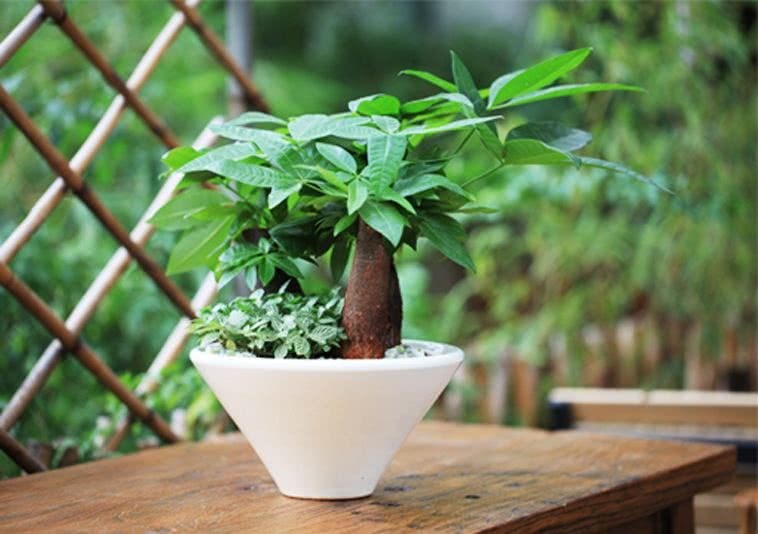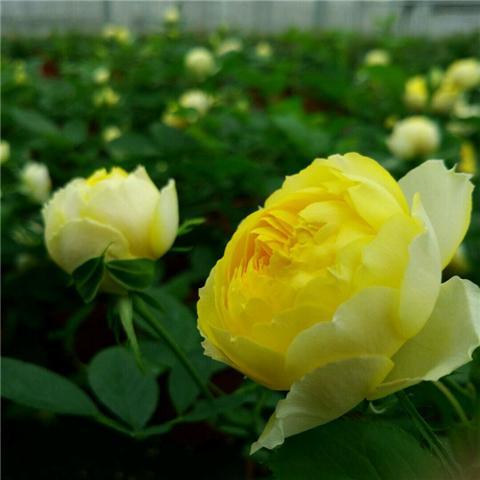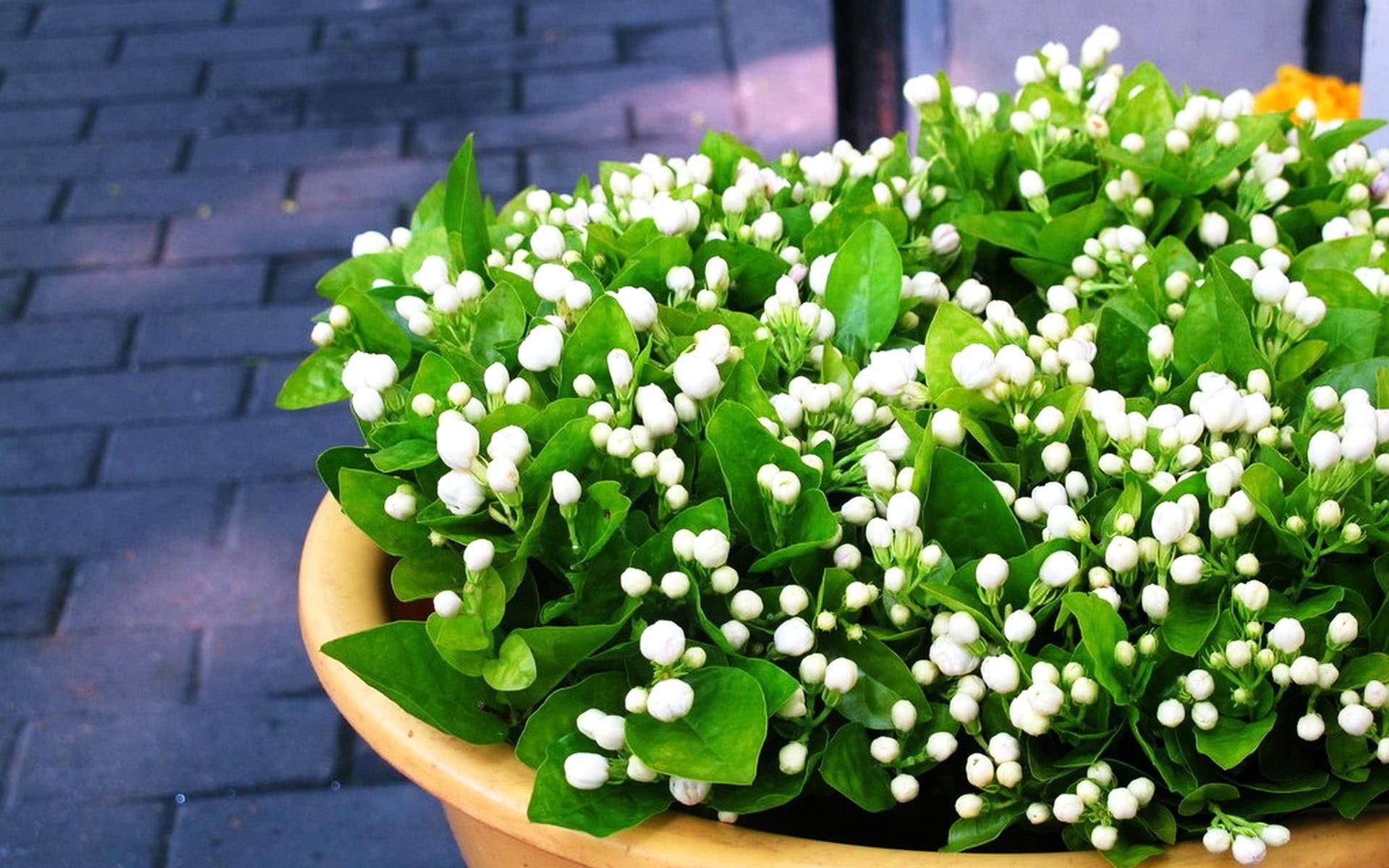These common waste residues are used to raise flowers and leaves to be thick and green.

More and more people grow flowers at home, and many flower friends are trying their best to grow flowers, such as eating leftover pericarp, expired milk, and so on. Today, the editor will introduce several kinds of waste residue from life to grow flowers. Make sure that the plants grow more and more prosperous, and the leaves are green to oil!
Oil residue
When using rapeseed to extract oil, there will always be some residue, which can not be eaten, so it is better to use it to grow flowers. However, it needs to be fermented before use, and then the fermented oil dregs and soil are mixed evenly and directly to raise flowers, or the fermented oil dregs can be directly placed at the bottom of fertilizer-loving plants, because the oil dregs are rich in nutrients. it can let the plant leaf fertilizer flow oil, do not have to fertilize for a year.
Bean dregs
When beating soy milk in the morning, there will be some bean dregs, and many people will throw it away, so it is really a pity for flower growers, because after fermenting the bean dregs and mixing the soil, they will directly raise plants such as gardenias, or bring them to the bottom, and the effect is also super. However, in the process of fermentation, it will produce some bad smell, which can be fermented outdoors.
Tea residue
Do not rush to throw away the leftover tea dregs, you can use tea dregs to grow flowers, but the tea dregs should be very dry, and then the dried tea dregs can be mixed into the soil, which can effectively improve the soil and replenish sufficient nutrients to the plants. But if the tea residue is not treated, it should not be used too much, because it consumes nitrogen in the soil during fermentation and burns the plant roots.
- Prev

How to fertilize rose? I'll teach you a few tricks. Buds are popping up.
Chinese rose is a favorite flower for many flower lovers. It has a wide variety of flowers, rich colors and beautiful flowers. If you want rose flowers to bloom big and colorful, fertilization is the key. Rose flowers are short of fertilizer, small and dim in color. Let's take a look at the moon.
- Next

These kinds of flowers should be moved to the house in time in winter, or they will regret it.
The recent weather is really getting colder and colder, many flower friends and babies catch a cold because of the influence of the air, while paying attention to their own bodies, they should also pay attention to the plants at home, which will also cause frostbite if they are not careful.
Related
- Wuhan Hospital Iron Tree Blooming Result Was Instantly Frightened by the Gardener Master
- Which variety of camellia is the most fragrant and best? Which one do you like best?
- What is the small blue coat, the breeding methods and matters needing attention of the succulent plant
- Dormancy time and maintenance management of succulent plants during dormancy
- Minas succulent how to raise, Minas succulent plant pictures
- What are the varieties of winter succulent plants
- How to raise succulent plants in twelve rolls? let's take a look at some experience of breeding twelve rolls.
- Attention should be paid to water control for succulent plants during dormant period (winter and summer)
- Watering experience of twelve rolls of succulent plants
- Techniques for fertilizing succulent plants. An article will let you know how to fertilize succulent plants.

